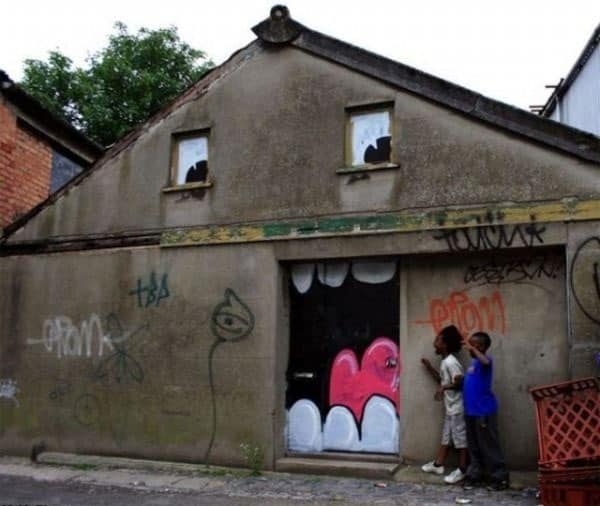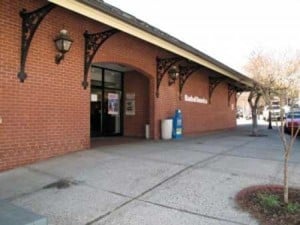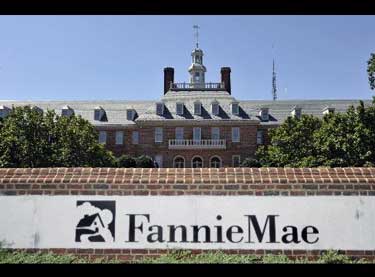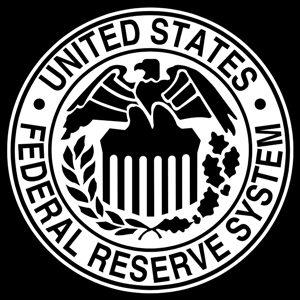
The majority of housing markets remain affordable to the average family, but rising mortgage rates and rising housing prices are causing more families to have to stretch financially, according to Freddie Mac’s U.S. Economic and Housing Market Outlook for December.
“Rising mortgage rates and rising housing prices over the past six months are making it more challenging for the typical family to purchase a home without stretching beyond their means, especially in the Northeast and along the Pacific Coast,” says Frank Nothaft, Freddie Mac’s chief economist. “Like most, we expect mortgage rates to rise over the coming year, so it’s critical we start to see more job gains and income growth in the coming year. This will help to keep payment-to-income ratios in balance — an important factor not only for first-time buyers but for sustaining homeownership levels among existing owners.”
According to Freddie Mac’s report, more than 70 percent of the nation’s housing stock remained affordable to the typical family in the third quarter at a 4.4 percent interest rate for a 30-year fixed-rate mortgage. However, that percentage decreases to about 63 percent at a 5 percent mortgage rate; 55 percent at a 6 percent interest rate; and 35 percent at a 7 percent interest rate.
Source: Freddie Mac
Please help to keep this blog going
Let us Sell or help you buy your new home or land
John J. O’Dell Realtor® GRI
O’Dell Realty
(530) 263-1091
Email John
BRE# 00669941








